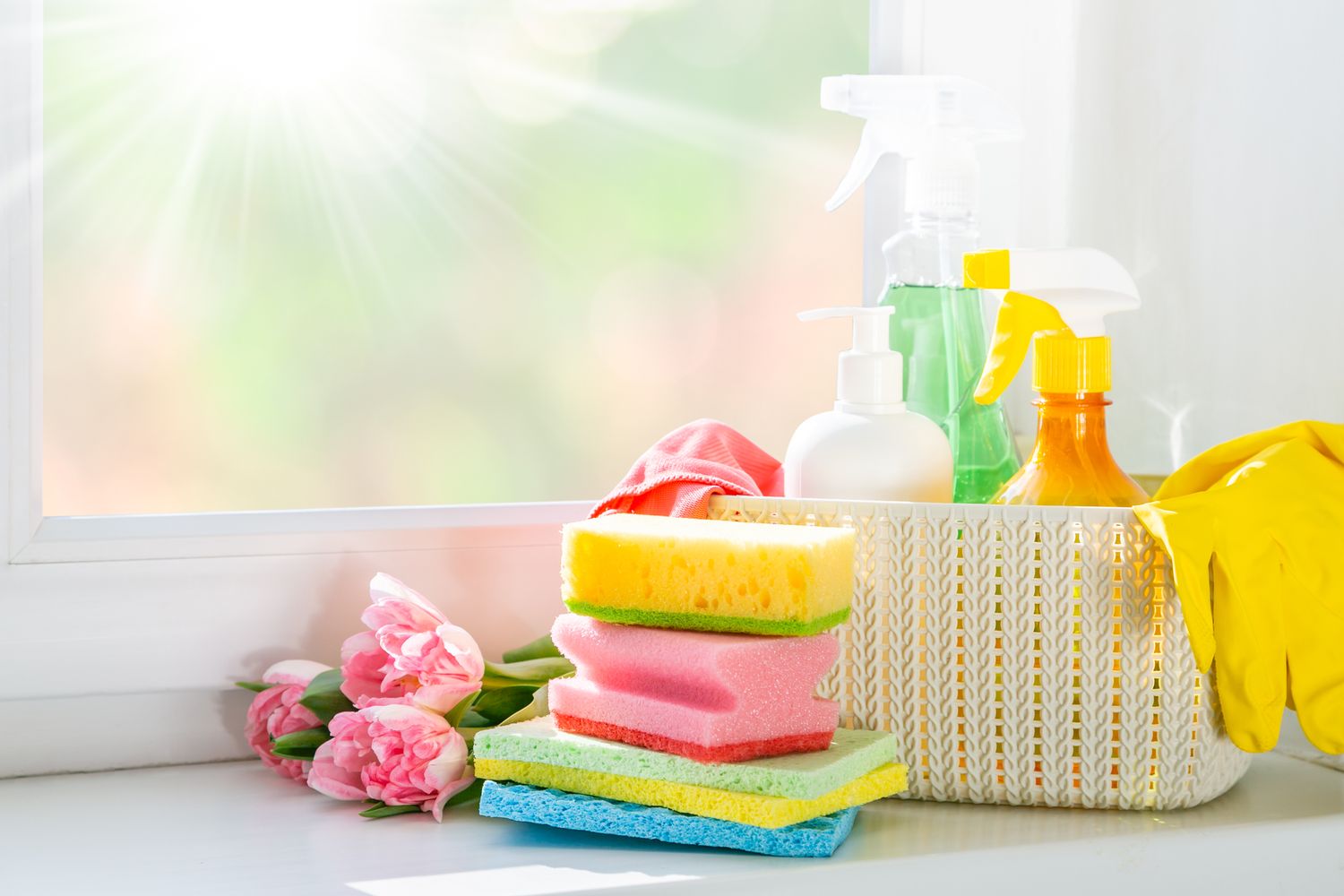A quick peep at the calendar or out the window and you’ll automatically be aware that springtime is most assuredly on the horizon already.
While buying a new Easter bonnet or suit has long gone out of fashion in the spring, one thing that hasn’t is the annual spring cleaning that every home undergoes at this time of the year. After being closed up all winter, almost everybody is ready to open up the windows and put their households in order before the hectic summer schedule starts.
But, oh, where do you even start?
Decluttering: The Magical Secret to a Successful Spring Cleaning
Spring cleaning often feels like an overwhelming chore — which is why we’ve often suggested that you break the job down into smaller tasks that can easily be accomplished in a single day or over a weekend (at most).
But even getting into your groove with the actual cleaning can be hard for one primary reason: You have too much stuff. Clutter is just part of life, but it tends to accumulate heavily over the winter months in most households thanks to all of the holiday festivities.
Not only can excess clutter make your spaces feel chaotic and cramped, but it can also make the sort of deep cleaning that you should be doing in the spring much harder than it needs to be.
Now is the perfect time to tackle your clutter. Over the next few weeks, you can clear out each of the following areas one at a time. When April rolls around (or May, if you’re a late-starter) and you’re ready to tackle the actual cleaning, you’ll find everything oh-so-much easier to handle.
1. Pantries, Fridge and Freezer
This is one of the easiest jobs to tackle because you can make all of your decisions objectively — no emotions attached. Throw out that half-eaten box of holiday crackers and toss everything and anything that’s past its expiration date (or even close).
It doesn’t hurt to grab a box for shelf-stable food and canned items that are still good but unwanted. You may have bought some items on impulse, but if it’s been hiding in your pantry long enough to get a little dust on the top, you’re probably not really going to use it.
2. Medicine Cabinets and Drawers
Whether you have a medicine cabinet or three, these all need to be purged at least once a year. The odds are high that you have a number of old prescriptions that you’re not using, expired over-the-counter drugs and half-open first-aid supplies. (Make sure you find a proper drug disposal center, however, instead of just pitching the drugs out.)
Condensing oft-used OTC meds into one neat storage box and first aid supplies into another can instantly create a flexible system that won’t look or feel overwhelming — and they’re easy to grab and sort through when you need them.
3. Bookshelves and Flat Surfaces
If the knickknacks and books are starting to pile up and edge each other out of place, it’s time to see what you can live without. This is a bit tougher than dealing with expired food items and old medications, since many of those items may have some emotional value.
Consider passing on a few of your least favorite curiosities to friends who have admired them or boxing some up for storage. Cull through your books and donate to the local library the ones you don’t think you’ll ever read again. If there is a mystery you particularly enjoyed or a book of poems that you hate to see go homeless, inscribe a thoughtful note and gift it to a friend.
4. The Catch-All Spots and Junk Drawers
Every house has one or more of these. It could be the entrance by your garage, the mudroom, a closet in the front hall or that tiny room you keep saying will be your craft or sewing space. It’s the spot where anything and everything that doesn’t really have a proper place gets stuffed.
This can be a tough challenge, especially if you find things you forgot that you even owned! Be fearless — even ruthless — if you must: Find the right spot for any items you want to keep and donate anything that you haven’t touched in a year.
5. Clothes Closets and Bureaus
This is the absolute best time of the year to take a hard look at what’s sitting around in your clothing supply and purge (and we mean purge hard). Get the donation bags and the rag barrel ready!
It’s just about time to put the winter wear into storage or the back of your wardrobe, so take a good look at what’s there: If you didn’t wear it this entire winter, why are you keeping it? Anything that’s too big, too small, too fussy, too worn or just not part of your style needs to go. Do the same with your spring and summer clothes in advance and simplify your wardrobe and your life.
6. Cleaning Supplies and Equipment
This may sound odd, but you really do need to divest yourself of most of your cleaning supplies — even with spring cleaning coming up. Those things have a shelf life, and anything that’s been opened and sitting for a year (or longer) is probably ineffective. Where equipment is concerned, ditch or donate anything that’s worn-out or seldom used.
Plus, too many chemicals aren’t good for your home. You can pare down your supplies to a rather small, neat list that won’t even take up that much space in your cupboard. When you do move on to the deep cleaning later, you’ll be relieved that everything you need is neatly organized and ready to use.
This may sound like a lot, but you’ll be happy with the end results — and you may even feel comfortable enough in your decluttered space to hire a maid for the mundane heavy work, later.




